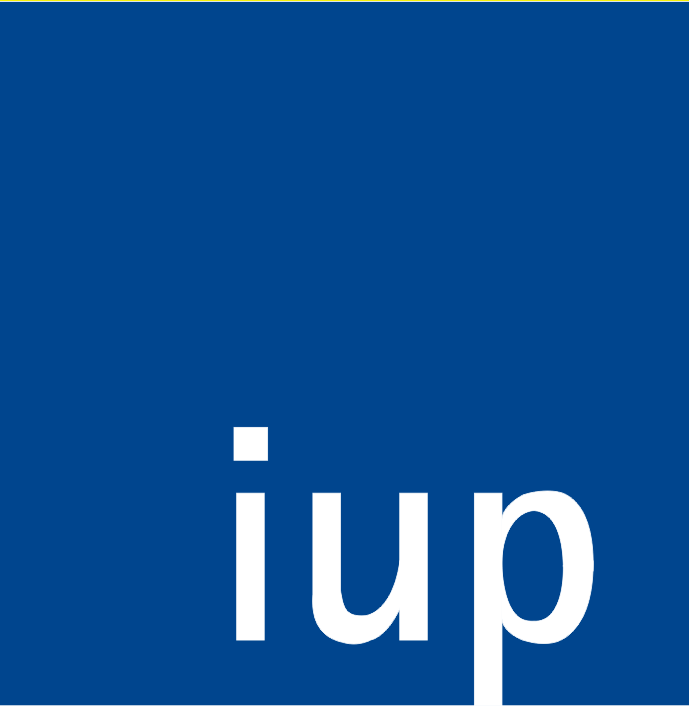Publications (FIS)
High resolution modeling of the impact of urbanization and green infrastructure on the water and energy balance
- authored by
- Rebecca Wiegels, José Fernando Chapa Zumba, Jochen Hack
- Abstract
Sealed surfaces in urban areas change the water and energy balance resulting in decreased evapotranspiration and infiltration, magnified stormwater runoff, and sensible heat fluxes. Urban Green Infrastructures (UGI) are implemented to reverse such effects. This study examines the potential of a high-resolution grid-based model to show the impact of different degrees of urban land cover. The study area was divided into 52 cells and cells were categorized into four urban degrees of urbanization. Two scenarios were considered to represent the existing conditions of a study area in the Great Metropolitan Area of Costa Rica and the effects derived from the implementation of UGI. The software Surface Urban Energy and Water Balance Scheme (SUEWS) was employed to simulate both scenarios and compare them by using the Bowen ratio (β) as an indicator of changes in the energy balance. The results show a reduction of β associated with the spatial distribution of the cells with different degrees of urbanization, even in the cells where no changes were considered. Applying the SUEWS approach based on high-resolved land cover classes distribution enables a more detailed understanding of micro-climatic benefits of UGI in high-density urban areas and may result in additional insights for decision-making.
- External Organisation(s)
-
Technische Universität Darmstadt
- Type
- Article
- Journal
- Urban Climate
- Volume
- 39
- ISSN
- 2212-0955
- Publication date
- 01.09.2021
- Publication status
- Published
- Peer reviewed
- Yes
- ASJC Scopus subject areas
- Environmental Science (miscellaneous), Geography, Planning and Development, Urban Studies, Atmospheric Science
- Sustainable Development Goals
- SDG 11 - Sustainable Cities and Communities
- Electronic version(s)
-
https://doi.org/10.1016/j.uclim.2021.100961 (Access:
Open)


